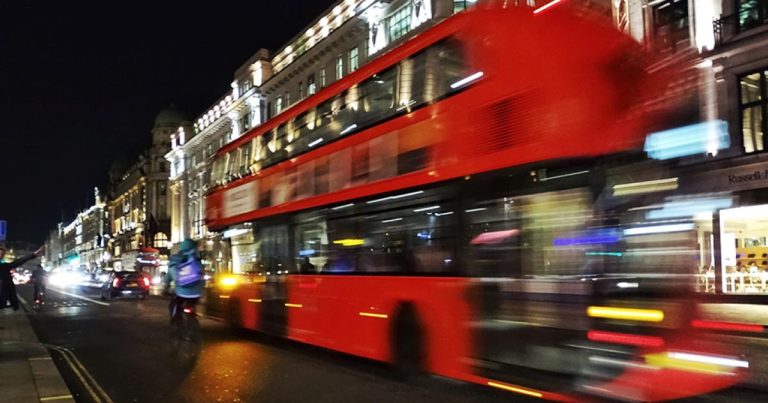Headline: Knife Imagery on Social Media: A Double-Edged Sword in Crime Prevention? New Study Explores Youth Perceptions and Impact
London, UK – A groundbreaking study from University College London (UCL) delves into the complex impact of using knife imagery in social media campaigns aimed at deterring young people from knife crime. The research, involving an online survey experiment and qualitative consultations with a Youth Participatory Action Group (YPAG), reveals a nuanced and multifaceted response to such imagery, raising critical questions about its effectiveness and potential unintended consequences. With knife crime a persistent concern across the UK, law enforcement agencies increasingly turn to social media to engage with young audiences and discourage harmful behaviors. However, the efficacy of employing knife imagery within these campaigns remains a subject of debate, with some arguing it can inadvertently normalize or even glamorize knife carrying, while others believe it serves as a stark visual reminder of the devastating consequences.
The UCL study employed a rigorous methodological approach, utilizing a randomized controlled trial to assess the influence of varying knife imagery police social media posts on young people aged 12-25. Participants were exposed to a diverse range of images, capturing different aspects of knife crime, from the weapons themselves to the aftermath of violent incidents. Following exposure, participants completed questionnaires assessing their perceptions of knife carrying, its social desirability, and their emotional responses to the imagery. This quantitative data was further enriched by qualitative insights gathered by the YPAG, a group of young people who conducted peer-led surveys and facilitated workshops to explore their perspectives on the use of knife imagery in communications campaigns. This combined methodological approach offered a comprehensive and nuanced understanding of the topic, capturing both the immediate impacts of the imagery and the broader social context surrounding young people’s attitudes towards knife crime.
Initial findings from the quantitative data suggest a complex relationship between exposure to knife imagery and attitudes toward knife carrying. While some participants reported a heightened awareness of the dangers associated with knife crime after viewing the images, others expressed concerns that the imagery could normalize or desensitize them to violence. This dichotomy underscores the importance of carefully considering the specific types of images used and their potential impact on different audiences. Furthermore, the research revealed that pre-existing attitudes towards knife crime played a significant role in shaping responses to the imagery. Individuals who already held negative views about knife carrying generally responded more favorably to the deterrent messages, while those with more neutral or positive views were more likely to express concerns about the imagery’s potential to glamorize or normalize violence.
The qualitative data collected by the YPAG provided crucial context to these quantitative findings, offering valuable insights into the lived experiences and perspectives of young people. The YPAG’s consultations revealed that young people are acutely aware of the issue of knife crime within their communities and generally receptive to interventions aimed at addressing it. However, they also emphasized the importance of authenticity and relatability in any communications efforts. They cautioned against using overly graphic or sensationalized imagery, which they perceived as potentially counterproductive, and stressed the need for campaigns to focus on the underlying causes of knife crime, such as poverty, lack of opportunity, and social exclusion. The young people advocated for a more holistic approach, incorporating positive messages of hope and resilience alongside stark depictions of the consequences of violence.
These combined findings highlight the critical need for a balanced and nuanced approach to using knife imagery in social media campaigns. While the research suggests that such imagery can raise awareness and potentially deter some individuals from carrying knives, it also carries risks, including desensitization, normalization of violence, and a potential to reinforce negative stereotypes. Therefore, it is crucial to carefully consider the specific images used, target audiences, and broader messaging within any such campaign. Engaging young people directly in the planning and implementation of these initiatives is essential to ensure they are effective, culturally sensitive, and resonate with the target audience.
Moving forward, the UCL research team plans to further analyze the data collected and develop evidence-based recommendations for law enforcement agencies and other organizations seeking to use social media to address knife crime. This will involve exploring alternative communication strategies, including the use of positive messaging, storytelling, and community-based approaches, while also refining guidelines for the appropriate and responsible use of knife imagery. The researchers emphasize the importance of ongoing dialogue with young people to ensure that any interventions are informed by their lived experiences and perspectives. By adopting a holistic and collaborative approach, it is hoped that social media can be effectively leveraged to address this complex and challenging social issue.


